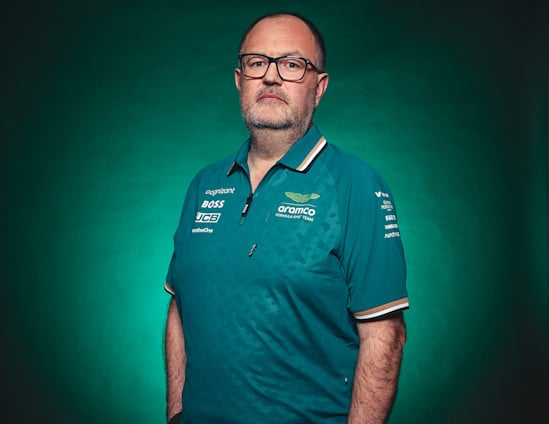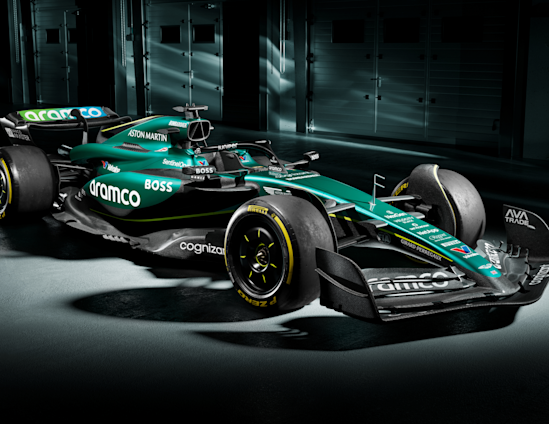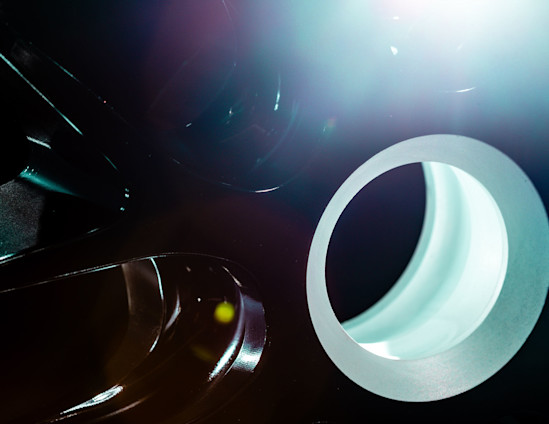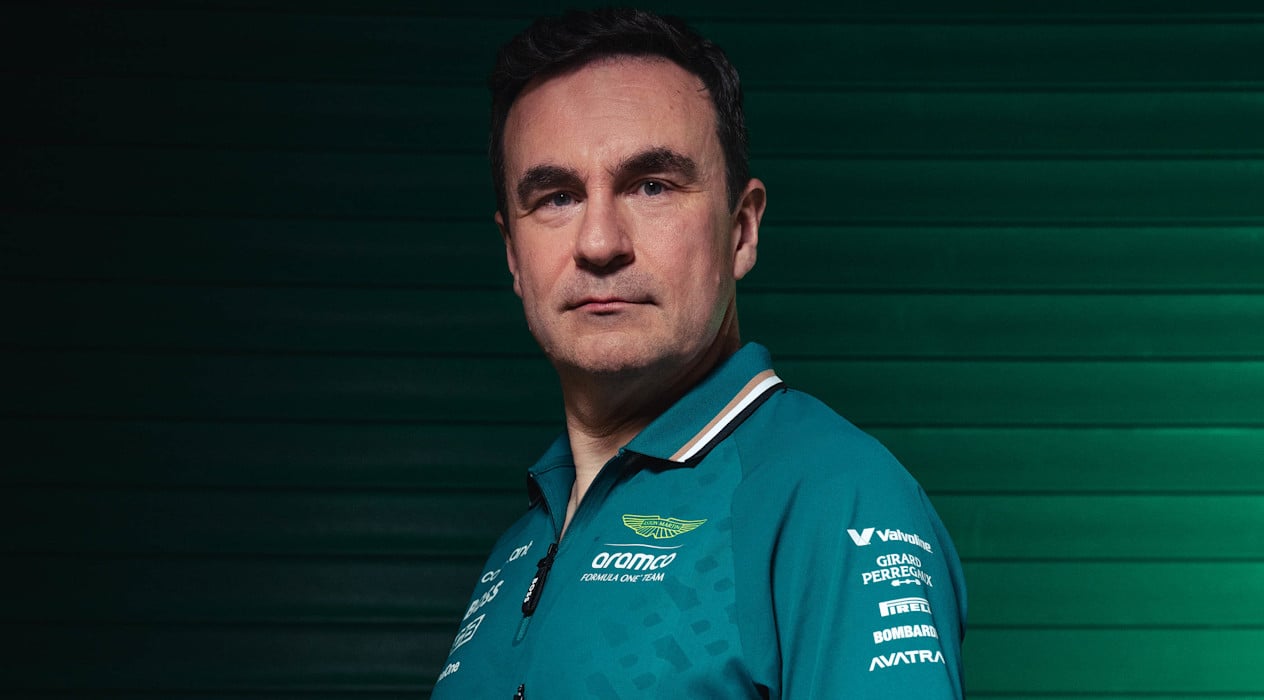
Together with our Title Partner, Aramco, Technical Director Dan Fallows lifts the lid on how to control airflow around a Formula One car.
Aerodynamics are the fundamental performance-determining factor in F1, with much of a car’s on-track performance coming from downforce generated by its aerodynamic surfaces. Teams of aerodynamicists, designers and engineers are constantly wrestling with the finest of details to master the aerodynamic design of the car to maximise performance.
For many of us, the notion of sculpting carbon fibre to control airflow and make the fastest cars in the world even faster is an unfathomable task, but for Aston Martin Aramco Formula One Team Technical Director Dan Fallows, this is the task he and the team tackle every day.
Pushing the limits of possibility
Whilst we merely feel the wind, he harnesses its power. Pushing the limits of possibility.
Together with Aramco, discover how atmosphere becomes advantage with Technical Director Dan Fallows. Master of Air.
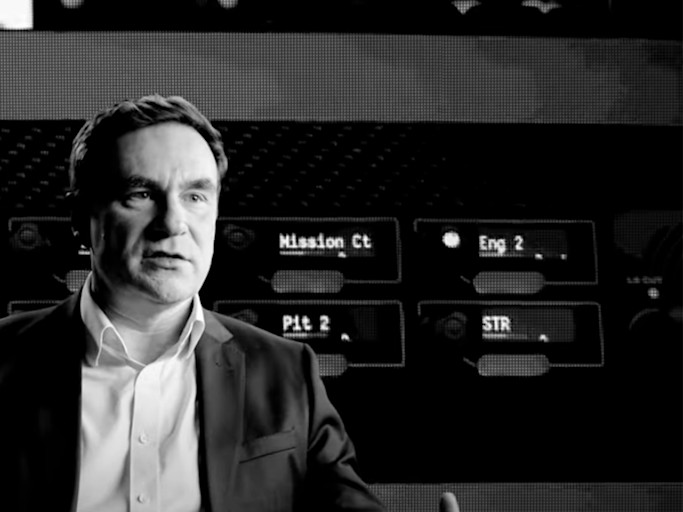
What does downforce mean to you at its most fundamental level?
Prioritising performance is a tricky balancing act. Downforce is F1’s magic potion. Everything comes together when you have more downforce, it stabilises the car through all of the conditions that we care about and ultimately, it just makes you go faster.
What are the biggest challenges in F1 when it comes to aerodynamics?
Aerodynamics does get harder with speed, there's no doubt, so trying to really harness those forces as you get into the higher speed conditions is really important. You can't fight the air; it instructs everything you do. You have to go with the flow.
What is the most important technical factor to consider before heading out onto the track and, in an era where simulators are so accurate, is time at the circuit still just as vital?
You need to make sure your car works aerodynamically. If it doesn't, then you face a fundamental problem whenever you head out on the racetrack. Track time is essential. The truth is, once we get the car out on the circuit, that's where we learn the most.
Why do we see a convergence in F1 car designs over time?
You need to keep abreast of your rivals. They study you and you study them. That does tend to end in the sort of convergence of ideas which is quite natural, we’re all fighting the same physics. If you want to compete at the highest level, then you have to have your own independent thinking.
For a lot of fans, F1 is all about the racing on the track, but the competition between aerodynamicists is equally fierce. Tell us a bit about that.
When we have an idea, we want to try to develop it to the point where it can go on the car as soon as possible, and really, we're doing that because we want to get a jump on all our other competitors.
With decision-making driven by data, how much scope is there for creativity?
Inspiration is always around the corner; you have to give time to that creative process. In aerodynamics, you have to be creative, as well as precise and scientific and that balance of disciplines is something that we really look for in our engineers.
What’s the most rewarding aspect of being part of a hyper-focused team?
Every aspect of what we do and everybody who works here contributes directly to the performance of the car. For me, there’s no doubt that working with people, particularly highly motivated people who want to be here and they want to go racing, is by far the best part of this job.
Meet our new challenger
Amplify your fan experience
From exclusive collabs to once-in-a-lifetime prizes, I / AM DROPS is a new series of unique and ultra-limited moments and fan experiences.
Sign up for I / AM or sign in to unlock.


